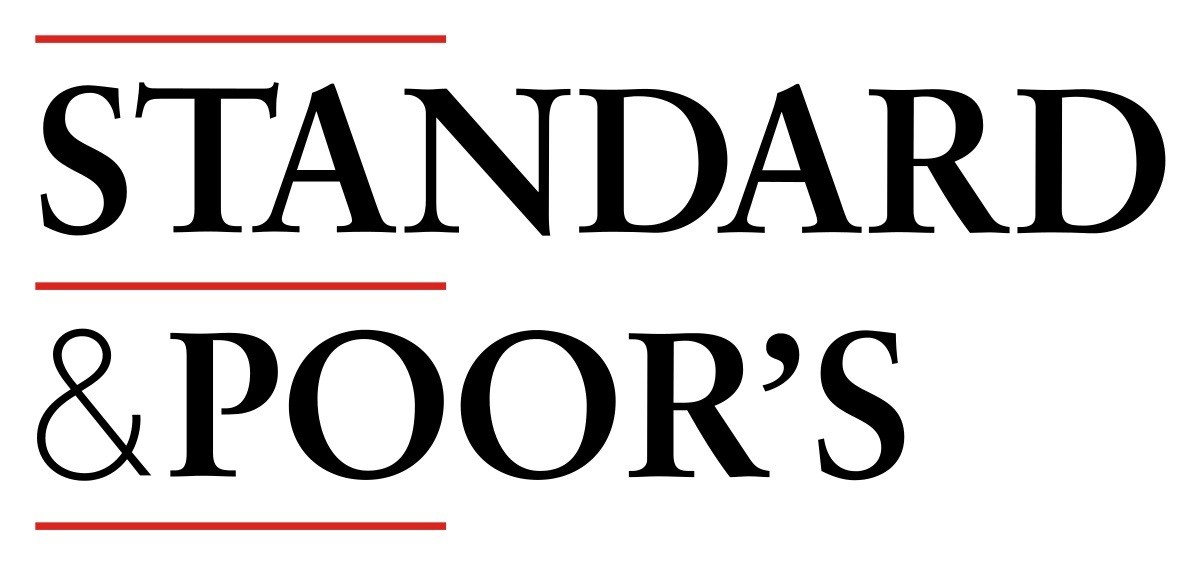What is the S&P 500: Standard & Poor's 500 Index
There are approximately 5,000 U.S. indexes. The three most widely followed are the S&P 500, Dow Jones Industrial Average, and Nasdaq Composite. The Standard & Poor's 500 Index includes stocks across all 11 sectors of the economy: Healthcare, Materials, Real Estate, Consumer Staples, Consumer Discretionary, Utilities, Energy, Industrials, Consumer Services, Financials, and Technology.
Created in 1957, it's widely considered a standard benchmark for U.S. large-cap equities. Standard & Poor's was formed out of two companies: the Standard Statistics Company, founded in 1968, and Poor's Publishing, founded in 1868. The two companies combined in 1941. The S&P 500 consists of 500 companies that issue a total of 503 stocks as of March 2023, as some companies have multiple classes of equity share.
To join the S&P 500, a stock must meet certain criteria, including being a U.S. company with a market capitalization of at least $8.2 billion and at least 50 percent of shares available (“floated”) on the exchange. They must be traded on a major U.S. exchange, have positive earnings in the latest quarter and over the prior four quarters summed together, and have traded at least 250,000 daily shares in the six months prior to inclusion. The Standard & Poor's 500 Index makes changes by adding or removing companies on an as-needed basis. The market capitalization of a company is calculated by multiplying its stock share price by the number of shares outstanding.
Investors can buy shares of an index fund or ETF that seeks to track performance of the S&P 500 by holding the same stocks that are in the index.
Although the S&P 500 covers 500 stocks representing 11 different stock market sectors, investors buying shares of S&P 500 index funds may not be getting the diversification they are seeking because the index only covers large-cap U.S. stocks, and not other diverse categories, such as small-cap stocks and foreign stocks.
As the S&P 500 is an index, not an investment security, it does not pay dividends. Mutual funds and ETFs that attempt to replicate its performance do.
Other stock market indexes include the price weighted Dow Jones Industrial Average (DJIA), the Nasdaq Composite Index, the Wilshire 5000 which was finalized in 1974, the S&P 100, the Dow Jones U.S. Large-Cap Total Stock Market Index, the MSCI USA Large-Cap Index, the Russell 1000.
---
Ready to invest in digital marketing for your business? Let's work together to create a plan designed around optimizing your business directory listings, while incorporating search engine optimization (SEO), content marketing, search engine marketing, lead generation and website design to ensure that your accounting practice is optimized to help you reach your goals.



